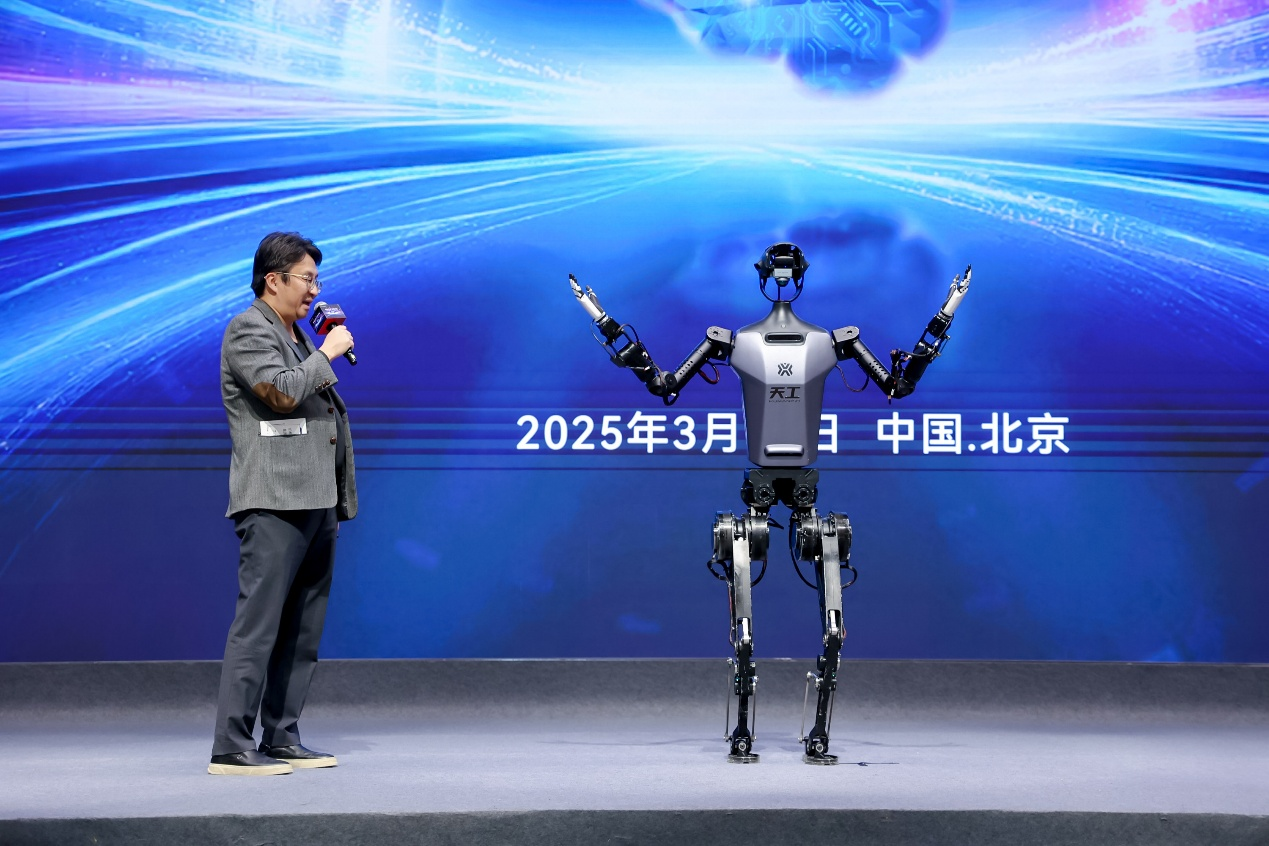
AsianFin -- Beijing on Wednesday launched the world's first universal embodied artificial intelligence (AI) platform.
This platform, which can support multiple body types and operate across various scenarios, is set to speed up the integration of smart technologies into the real world and drive the progress of robotics, autonomous driving, and human-machine interaction.
The platform, named "Huisi Kaiwu", was developed by the Beijing Innovation Center of Humanoid Robots. This center is a collaborative effort involving China’s Ministry of Industry and Information Technology (MIIT), the Beijing Municipal Government, along with robotics-related enterprises and research institutions.
Embodied AI is all about integrating AI into physical entities like robots. This enables them to perceive, learn, and interact with the environment dynamically, much like humans do. By relying on computation and logical reasoning, embodied AI systems can keep learning, adapting, and completing tasks through perception, action, and environmental feedback. As a result, they become more autonomous and practical in real-world applications.
Beyond humanoid robots, other interactive-capable hardware, such as self-driving cars and wearable devices, are also the physical embodiments for embodied AI.
Tang Jian, the chief technical officer of the center, emphasized that a humanoid robot's "brain" is crucial. The "cerebrum" should be able to handle natural interaction, spatial perception, intention understanding, hierarchical planning, and error reflection.
Equally essential is the robot's "cerebellum". It is responsible for functions like grasping, skill breakdown, and error handling, and manages tasks including full - body control, bimanual collaboration, stable walking, and mobile navigation.
The robot's operation follows a loop. First, the "cerebrum" plans the tasks. Then, it instructs the "cerebellum" to carry out specific actions. The execution feedback is sent back to the "cerebrum", creating a cycle that allows for autonomous decision - making and motion execution in complex environments.
Xiong Youjun, the general manager of the center, pointed out that embodied AI is still in its early development stage. The industry is in urgent need of a universal intelligent platform that can work with different body types and scenarios and handle a wide range of general tasks.
During the launch event on Wednesday, the "Huisi Kaiwu" platform showcased real - machine operations in four scenarios: industrial sorting, block building, desktop cleaning, and logistics packaging. Users can interact with the robots easily through methods like voice interaction and direct connection via an APP.
In the industrial sorting task, for instance, operators can connect directly through the HuiSi KaiWu APP. The robotic arms can then accurately understand voice commands and complete the sorting work through bimanual cooperation.
Tang explained that the "APP plus robot" model simplifies complex technical processes. It bundles capabilities such as reasoning, planning, and skill activation into straightforward procedures, making it more accessible for users. Moreover, the platform allows for the quick addition of customized models and skills. This flexibility enables it to meet the diverse requirements of different scenarios and offers convenient, efficient, and intelligent solutions for industrial automation.

He also mentioned that the platform can achieve end - to - end intelligence, from task understanding to execution. It can handle complex tasks across multiple scenarios and is compatible with various types of physical bodies, including robotic arms, wheeled robots, and humanoid robots.
The development of embodied AI has been emphasized in this year's government work report. According to previously released MIIT plans, China aims to build a basic innovation system for humanoid robots by 2025. By 2027, the goal is to have a secure and reliable industrial and supply chain system, with related products being deeply integrated into the real economy.
更多精彩内容,关注钛媒体微信号(ID:taimeiti),或者下载钛媒体App

